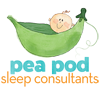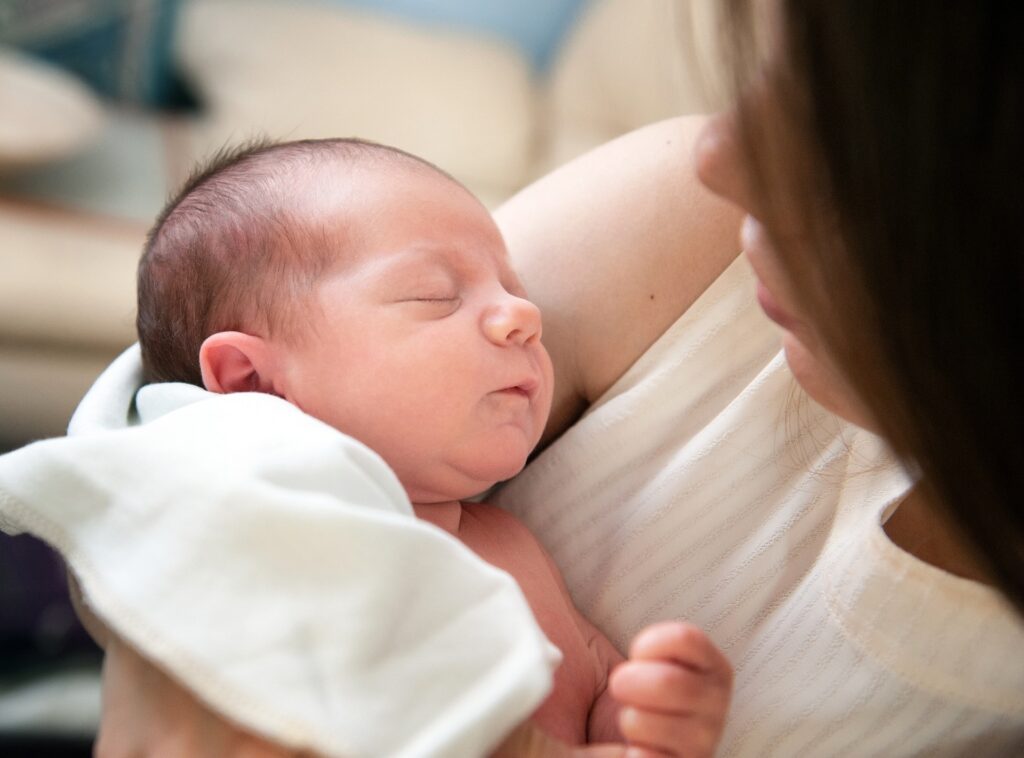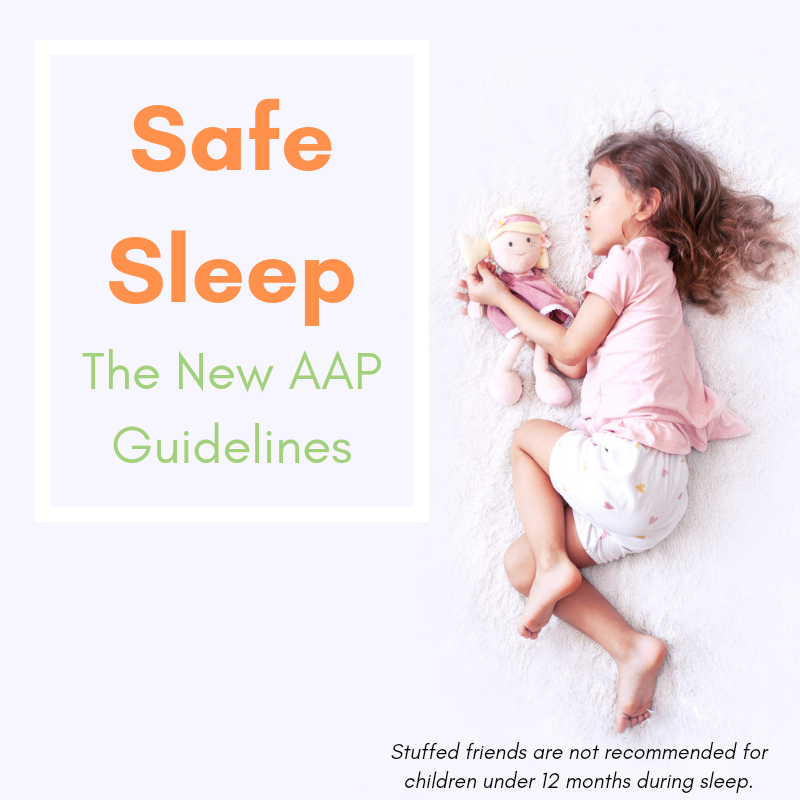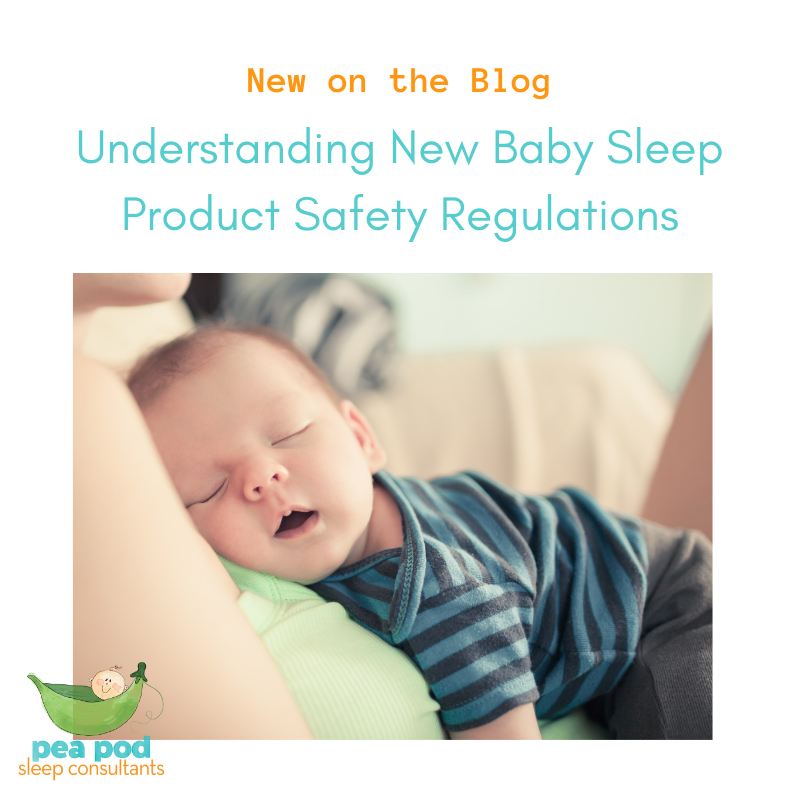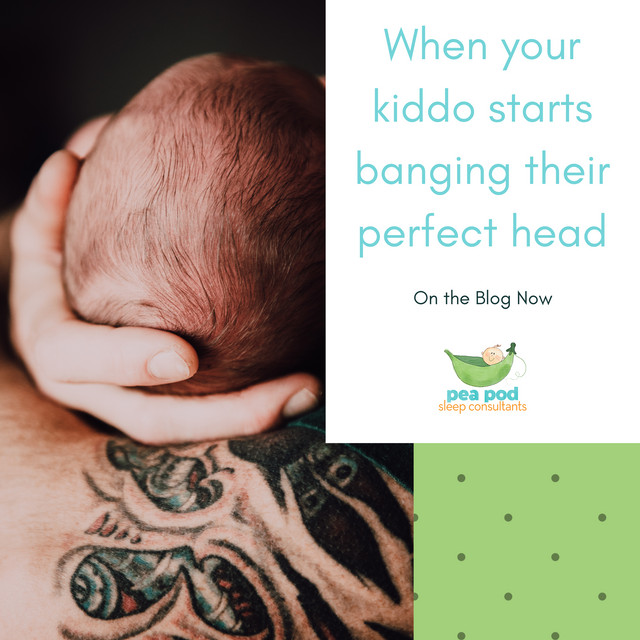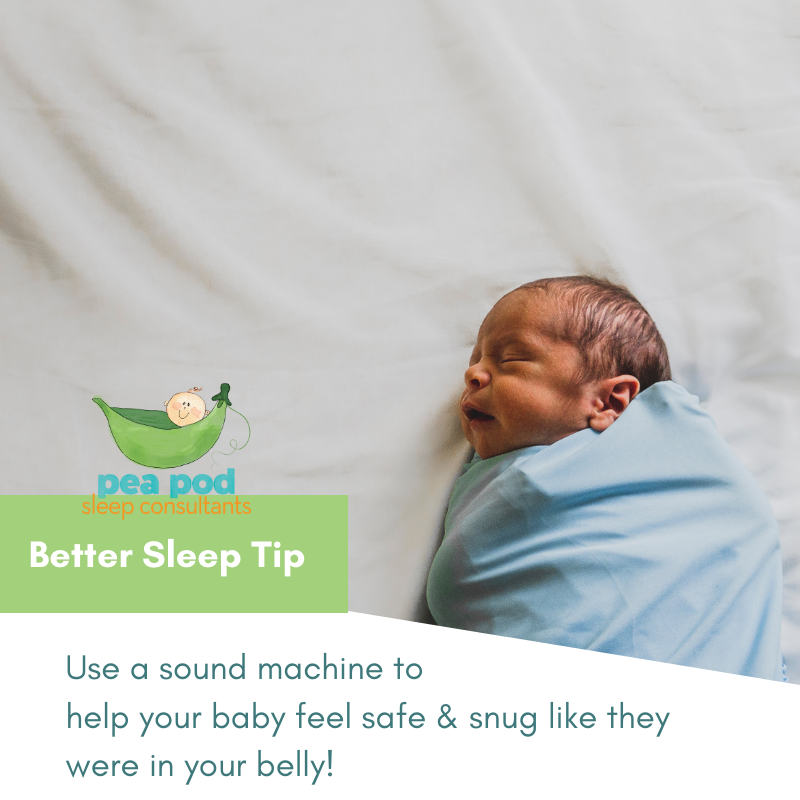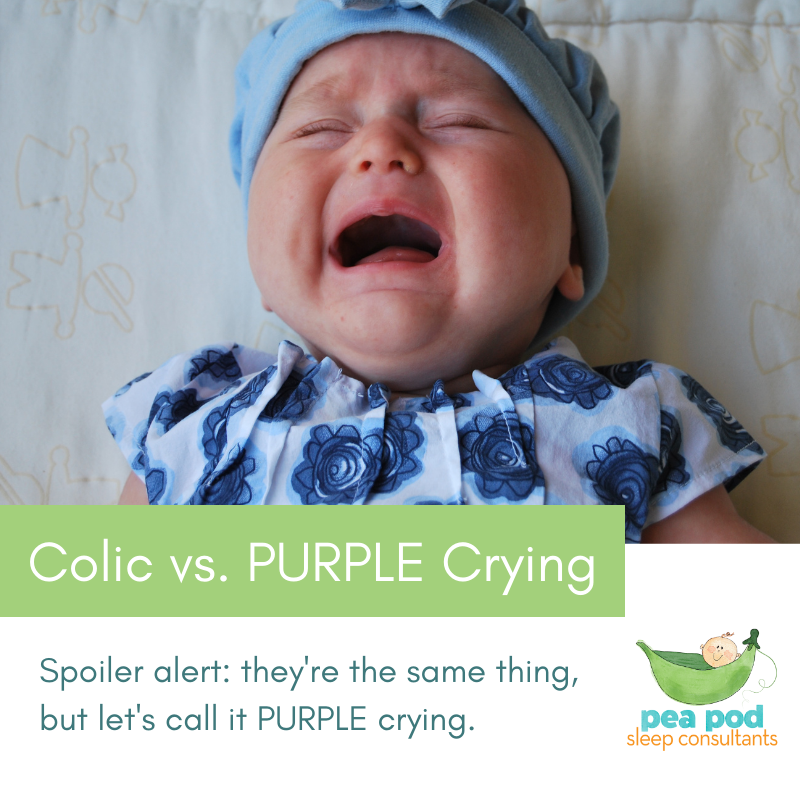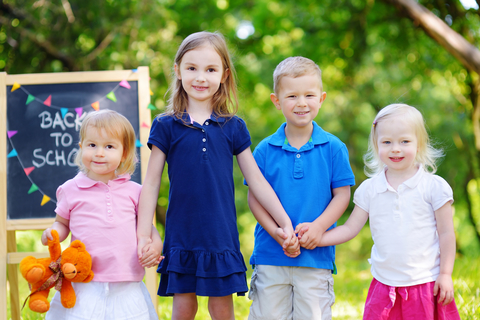Sleep training is hard. There are different approaches to resolving sleep issues, but even if you don’t choose to Cry It Out, in most cases, tears are inevitable. Those tears will tug at your heart strings. You’re not alone if you’re avoiding that experience. So many parents delay sleep training, thinking baby’s frequent wakings will stop on their own soon and you can make it just a few days or weeks more with sleepless nights. Unfortunately, in my professional experience, they don’t. Sleep issues typically keep going until parents deliberately and consistently change their messaging and actions around bedtime and nighttime. Babies aren’t born sleeping through the night, and just like the basics of eating and toilet training later on, they need our help to learn to sleep. And when you need sleep too, Cry It Out can be a great option.
Cry It out: The Quickest Solution, and The Most Misunderstood
Because of the common name, Cry It Out (CIO), Extinction gets a bad reputation. There are many misconceptions about this method that lead parents to say “no way.” Before I tell you how to utilize this quick sleep training method, I’m going to dispel some of those.
- – Your baby will not cry non-stop for the whole night, and crying that does happen will lessen over the course of two or three days.
- – You will listen to your baby’s cry, watch the monitor and address any true needs.
- – Research has found CIO will not emotionally harm your child.
What Cry It Out Is
CIO is recommended by many pediatricians because it is the quickest and least confusing way to help your baby learn to sleep all night. Yes, there will be tears the first few nights. But, after those first few nights, it gets easier and easier. Other approaches can take two to three weeks or more. With Cry It Out you’re done sleep training in three to seven days! When you use a longer approach, in fact, there will be more crying over the course of those days.
When to Use Cry It Out
We always recommend waiting to sleep train until 16 weeks. During that time, you can implement sleep hygiene until your babe is ready to learn how to sleep all night. Some babies are ready at that four month mark, but the ideal age for implementing Cry It Out is five months. CIO can be appropriate for kids up to 18 months, according to Dr. Craig Canapari, Sleep Medicine Physician, Yale School of Medicine. Once your kiddo is older, you will want to consider another option.
How to Implement This Method
Okay, you’re starting to see the benefits. How do you actually do it?
- – Complete your baby’s bedtime routine.
- – Put your baby down to sleep while AWAKE but drowsy.
- – Say good night and close the bedroom door.
- – Don’t enter the room (or go to the crib if you’re sleeping in the same room) at all unless there’s a true need. A true need could be an arm or leg stuck between the crib slats, an “explosive” poop, vomiting, or an injury.
- – If a need does come up, go in, quickly resolve the need and leave the room again.
It Feels Hard, But You Deserve Sleep
By going through Cry It Out, your baby will not cry for 12 hours straight. They will have intermittent bouts of crying between periods of sleep. These crying sessions will happen less often and be shorter by the third night.
You’re not going in every time your little one wakes up because you’re giving your baby the time and space to learn how to self-soothe. Self-soothing is the essential skill that enables your baby to fall asleep independently and fall back to sleep independently.
Sleep training can be hard but when you’re exhausted and need a quick solution, CIO is a safe, effective and fast way to resolve your baby’s sleep issues and end your own sleepless nights.
